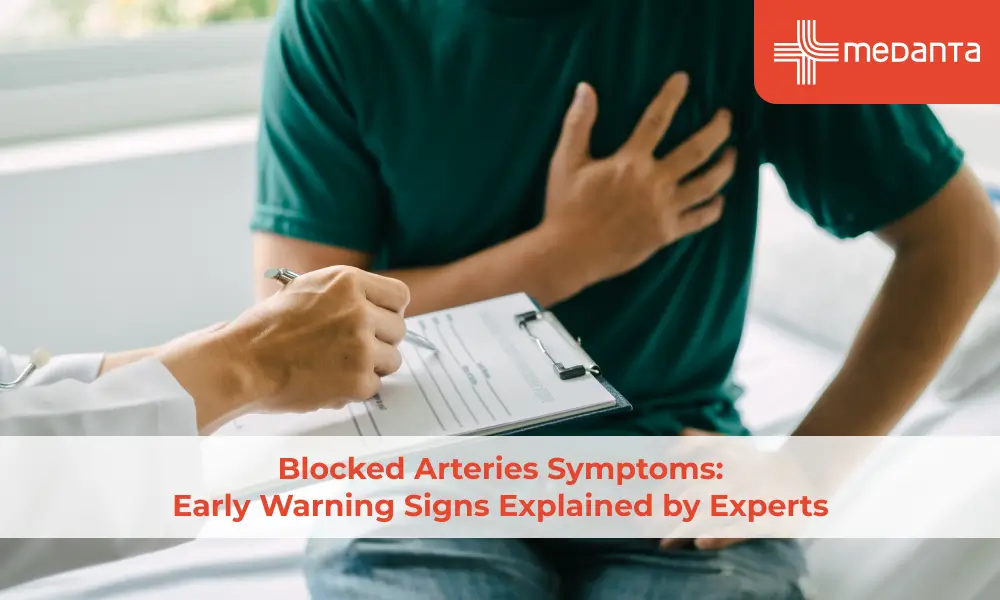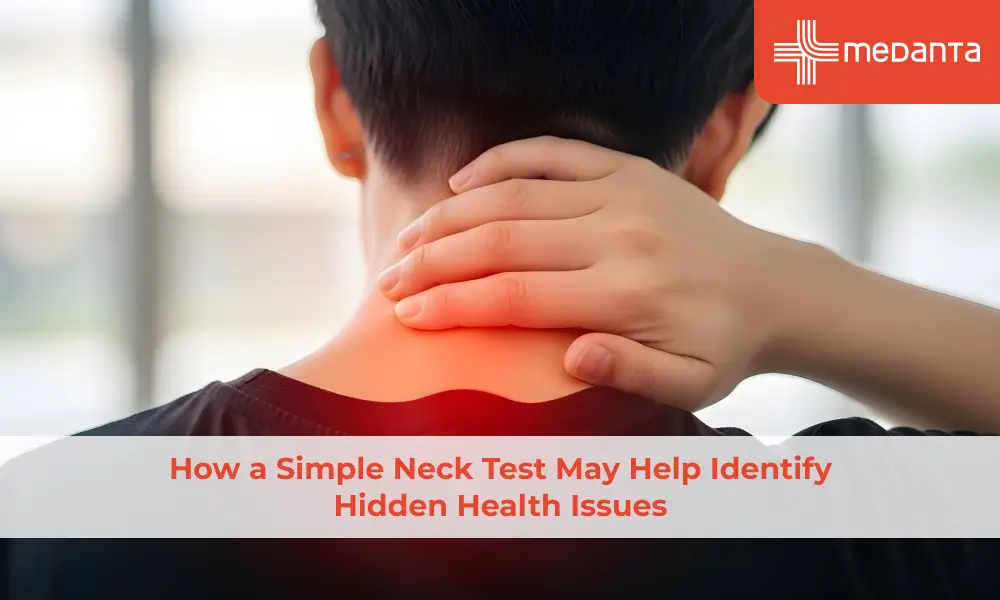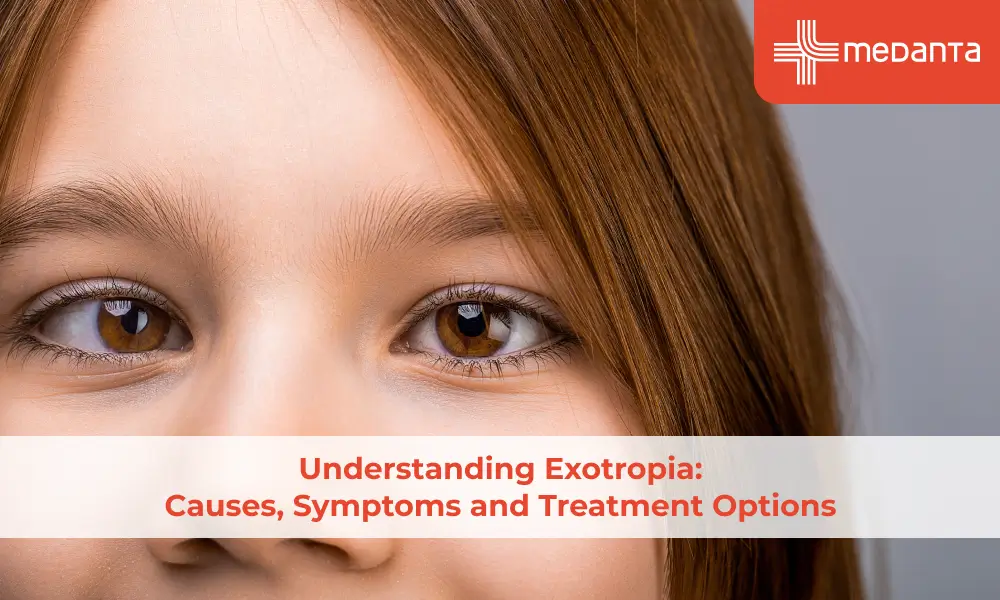Shortness of Breath

Dyspnea, the medical term for shortness of breath, is the experience of not being able to breathe enough. Acute shortness of breath can last for minutes to hours, chronic shortness of breath can last for days to months, or it can be sporadic and come and go.
It's frequently characterized as chest tightness, trouble breathing, a sense of being out of breath, or a feeling of suffocation. There are several reasons why someone could experience shortness of breath, but the most prevalent ones include lung illness, heart disease, or deconditioning, which is the absence of activity, particularly in overweight or obese persons. Additionally, it can be observed in conditions that result in muscular weakness, pleural effusions, or conditions where fluid accumulates around the lung or in the stomach, known as ascites.
Anyone should seek emergency medical assistance if they or someone else is concerned about their ability to breathe. If breathing issues continue, low blood oxygen levels may result, which could quickly turn into a life-threatening emergency. The 2020 COVID-19 pandemic has led to a widespread association of this illness with shortness of breath. Fever and a dry cough are two additional typical COVID-19 signs and symptoms. The majority of COVID-19 patients only show modest symptoms.
Causes:
Breathing difficulties can result from a wide range of medical conditions. Heart and lung diseases are the most typical causes. These organs are necessary for healthy breathing because they deliver your body oxygen.
Acute breathlessness may only last a few days or fewer. Sometimes it lasts longer than three to six months and is persistent.
A. Acute Breathing Problems
Acute shortness of breath may strike unexpectedly and persist just briefly.
Some causes are:
I. Lung problems
- COVID-19
- Airway blockage
- An allergic response
- Asthma
- Lung collapsed
- COPD (chronic obstructive pulmonary disease)
- Pneumonia
- Respiratory embolism
II. Heart problems:
- Chest pain
- Heart attack
- Rhythmic heart disease (arrhythmia)
- Fluid accumulation around the heart
III. Psychological disorders
- Depression
- Panic attacks
- Anxiety issues
B. Chronic shortness of breath:
Chronic shortness of breath is when it persists for more than a few weeks.
Some causes are:
- Asthma
- COPD(chronic obstructive pulmonary disease)
- Reduced heart and lung function as a result of inactivity
You might be surprised to learn that serious non-respiratory illnesses including anemia, cardiovascular disease, heart failure, deconditioning, and psychiatric problems can also lead to shortness of breath. To acquire a correct diagnosis and receive the best care, it's crucial to comprehend all of the reasons for shortness of breath.
Physiology:
The ability to breathe and the need to breathe are often in harmony. You aren't conscious of breathing when there is balance. Your body takes care of it. When the body's capacity to breathe and the brain's desire for air are out of harmony, you experience shortness of breath.
Diagnosis:
Beginning with a thorough medical history, your doctor will inquire about the nature of your shortness of breath, when it becomes worse if it gets better, and whether you are experiencing any other symptoms. Chest discomfort, light headedness, coughing, wheezing, blue lips, breathing difficulties when sleeping or lying down, and ankle and foot swelling might all be signs of a more serious issue. It's important to take note of any breathing difficulties that appear unexpectedly, linger, or interfere with your normal activities.
Your doctor may recommend additional tests after performing a physical examination and hearing your heart and lungs. These frequently consist of blood tests, imaging examinations including a chest X-ray or CT scan, examinations of lung function, and echocardiograms.
Treatment and management:
By first determining the disease causing your breathing difficulties and then treating it, your doctor can assist you in managing dyspnea. Your therapy may involve any of the following, based on the underlying condition:
- Exercise: Increase your physical fitness via exercise to fortify your heart and lungs. Having better overall health might make you feel less fatigued when exercising. Cardiovascular rehabilitation may be beneficial even for those with lung or heart disease. You could also be advised to learn breathing exercises by the physician.
- Medicines: Inhalable medications known as bronchodilators help relax your airways if you have asthma or COPD. Breathlessness can be reduced with pain or anxiety medications.
- Oxygen therapy: You may be able to breathe more easily by receiving more oxygen through a mask or tube inserted in your nostrils.
Conclusion:
Shortness of breath can be caused by factors other than an underlying disease. Exercise, altitude, tight clothing, prolonged bed rest, or a sedentary lifestyle are all examples.






